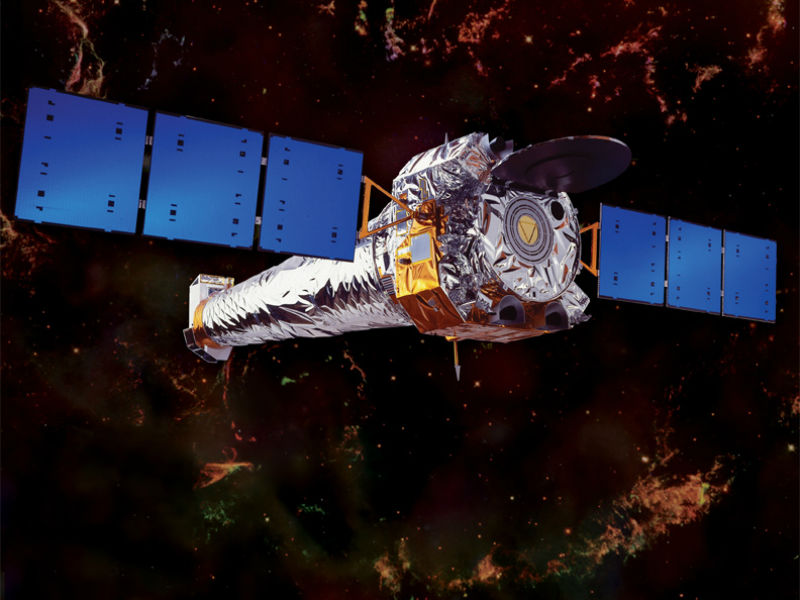The National Aeronautics and Space Administration (NASA) is all set to carry out its new Astrophysics Missions and has selected Imaging X-Ray Polarimetry Explorer (IXPE) Spacecraft to cover all of the studies and observations involved in the mission. As announced by the US-based agency on 3rd January 2017, NASA has appointed an X-ray astronomy spaceship to monitor and study the mysterious black holes and other cosmological phenomena. The spacecraft will be allotted as the next flight in the curriculum of small astrophysics missions, programmed and developed by NASA.
As declared by NASA, the Imaging X-ray Polarimetry Explorer (IXPE) spacecraft is scheduled to take off in late 2020. It will be a tiny yet powerful spaceship having three telescopes intended to monitor and measure the divergences of X-rays. The basic aim behind the launch of IXPE spaceship is to explore how the X-rays are polarized into the high-temperature atmosphere, the place where they are originated.
To recall, IXPE is one of three finalized projects, chosen by NASA, back in July 2015 under its Small Explorers program. The aim of the mission was intended for motivating small space science operations with a cap on expense, excluding launch cost of $125 million. The other two finalist projects were SPHEREx – an all-sky infrared appraisal spaceship called and another X-ray polarimetry mission, called the Polarimeter for Relativistic Astrophysical X-ray Sources, or PRAXyS.
The ‘Imaging X-Ray Polarimetry Explorer’ (IXPE) mission will facilitate the space explorers and NASA’s scientists to measure the allotment of X-Rays searing from gasses spread by the giant black holes and other mysterious cosmological objects like Neutron stars and Pulsars. The adventurer mission will be furnished with three polarization-sensitive telescopes alongside the extremely powerful cameras developed by the Italian Space Agency. The information gathered and transmitted by the installed polarization-sensitive telescopes are expected give scientists a more conspicuous and clearer conception about the mysterious celestial phenomena like black holes, Neutron stars, and Pulsars.
Martin Weisskopf, the lead scientists of Marshall Space Flight Center of NASA, Huntsville, Alabama will lead the IXPE mission. The new addition of ‘Imaging X-Ray Polarimetry Explorer’ (IXPE) with the existing cosmological X-ray telescopes, like the Chandra X-Ray Observatory, will add more brilliance the space exploration programs of NASA and will pave an understandable path for the astronomers.
